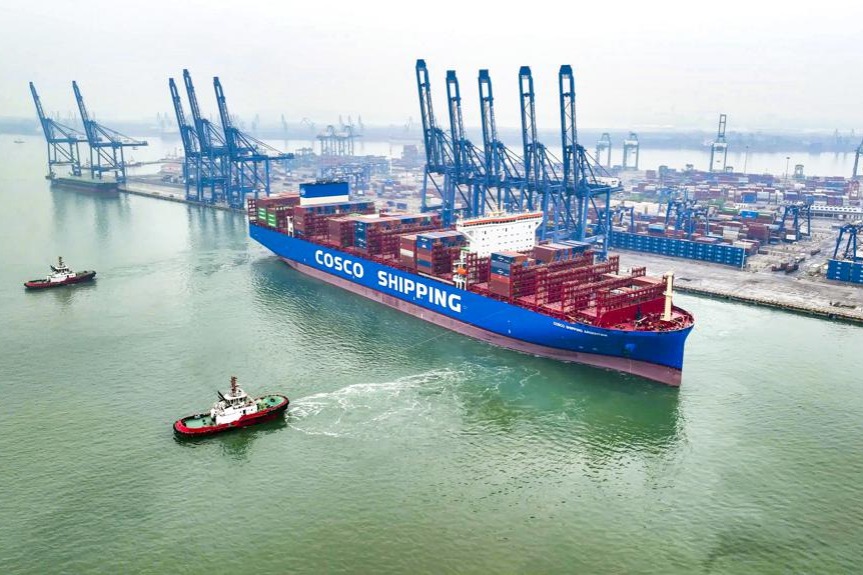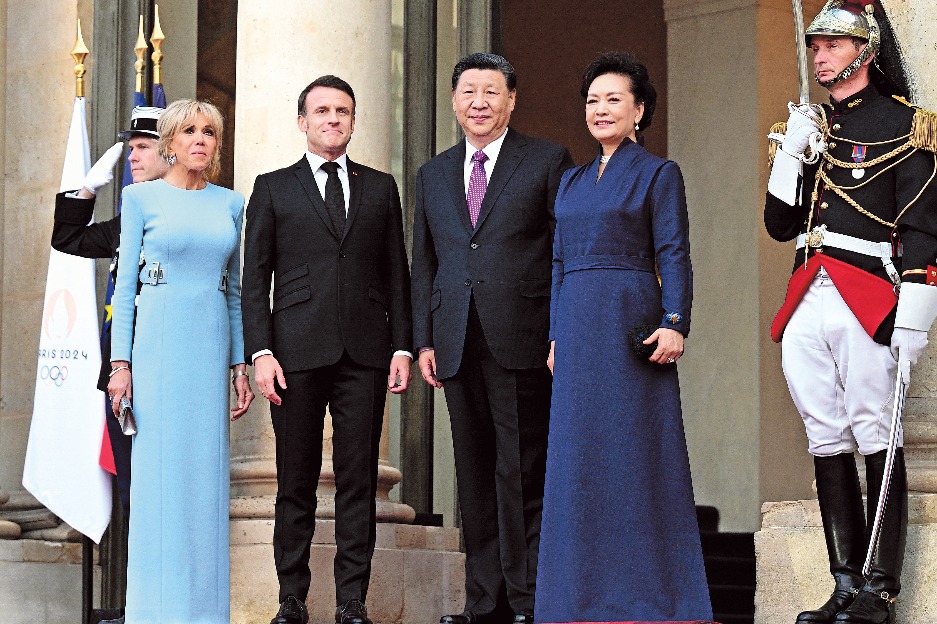Employment in the new era
By ZHANG JUWEI | China Daily Global | Updated: 2020-11-11 07:58

One of the key challenges over 14th Five-Year Plan period will be creation of more and better jobs
A stable job market has been a perennial feature of China's growth story and proof of its economic resilience. Since the 13th Five-Year Plan (2016-20), China has seen rapid transformation of its population and economic structures. Employment figures show that the working age population (15-64) is shrinking and the total working population is reaching a turning point, while urban and non-agricultural jobs are steadily rising. New and better jobs are being created in cities and towns, wages are going up and the social security system is improving. Also, human capital has increased significantly, and the number of high-skilled workers is increasing.
During the 14th Five-Year Plan (2021-25) period, major changes will take place on both job supply and demand. Population aging will pick up speed, the working-age population will continue to dwindle, and the total employed population will decline. By 2025, the working-age population will be approximately 970 million, about 30 million less than 2020, and 14 million new entrants will join the labor market. The number of outgoing migrant workers will be around 170 million, and migrant workers who work near their hometowns will be 100 million.
As a result, China's employment situation will see new changes during the next five years.
First, according to an economic growth and population forecast, China will see fewer people working in the agricultural sector, while manufacturing jobs will remain unchanged and service jobs will gradually increase. Changes in labor demand will be seen across sectors, with most of the surplus agricultural labor and new entrants to the labor market going to the secondary and tertiary sectors.
Second, migrants will consume more. According to the World Bank standard, China has already ushered in a middle-income stage of development, with its per capita GDP reaching $4,200 in 2010.There will be more room for consumption upgrading and compared with urban residents, there is room for migrants to consume more. If they are urbanized, they will consume significantly more.
China has seen its total number of migrants stabilizing. Also, they are migrating in a different way. More people are moving their entire families to cities and not just earning money to send to their families back home. They are also spending the bulk of their income in the cities where they work. Therefore, they are not merely labor for urban economic growth but important consumers as well.
Third, robots and artificial intelligence will affect the labor market in all respects. Robots will have a substitution effect on general jobs but will not destroy jobs in general. According to our estimates the adoption of technology will take away roughly 19.6 percent of general manufacturing jobs in China, but it will also increase the demand for skilled workers, and create more jobs that require human-machine collaboration and more management positions.
The number of jobs lost will hinge on how fast and how much AI will drive the transformation of conventional industries, considering the cost of labor versus the cost of technology adoption as well as the difference in growth stages for different places.
Robots and AI are more about human-machine collaboration than about complete replacement of humans. Besides, new technologies will make it easier to master operating skills, so low-skilled workers will not be eliminated but will mainly shift to new roles.
The adoption of robots and AI will increase the average wage for workers in China's manufacturing sector, but positions and occupations that demand more human capital and skills will have a higher wage premium. Technology adoption will therefore widen the wage gap between different skills and occupations.
China's top challenge in the new era is to meet people's growing demands for a better life with still imbalanced and inadequate growth, while the top challenge for job creation during the 14th Five-Year Plan period will be a structural one, with the overarching purpose being the creation of more and better jobs. Job creation must be people-centered and the focus should be on creating more jobs in places where they are needed. Job creation can be prioritized by implementing more robust policies and elevating these policies to macro dimensions, thus creating better jobs that will help people grow in a well-rounded manner.
In the next five years, host cities will see a boost in consumption and growth if migrants have a higher income and more workers from rural areas are encouraged to move to the cities, necessitating further improvement in the integrated urban and rural social security system, equal access to public services and more reforms to the household registration system to help urbanize migrants and unleash their potential for consumption, which is of profound significance to boost domestic demand and expedite the transformation of the growth model.
To create more jobs, it is recommended to develop a human capital system that meets the needs of the new technological revolution, with customized policies for different types of unemployment, further institutional reforms, the guiding of human resources to places where they are needed, an efficient labor market system, an effective job alert system, and a social insurance system that rebalances labor with capital and technology.
The author is the director of the Institute of Population and Labor Economics at the Chinese Academy of Social Sciences.
























